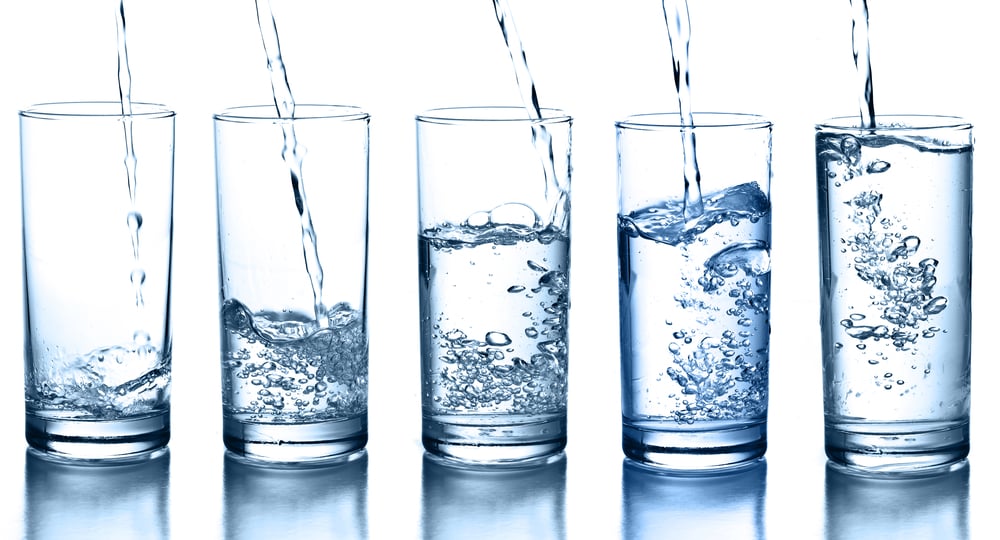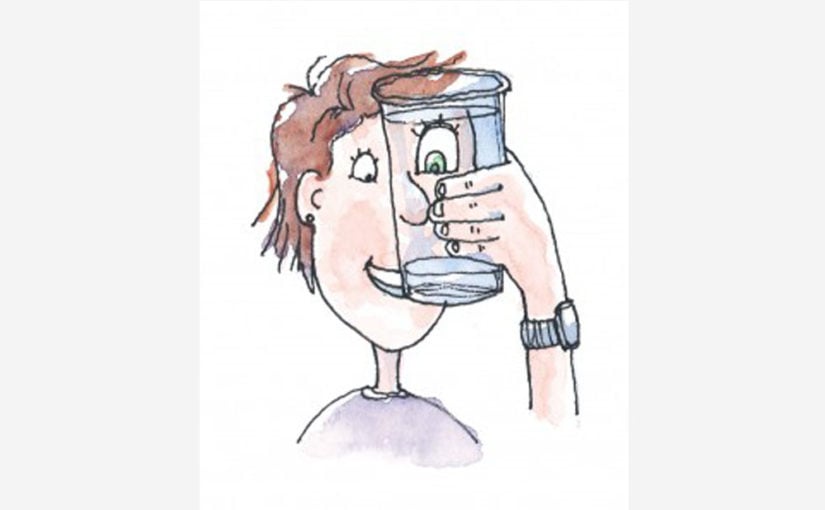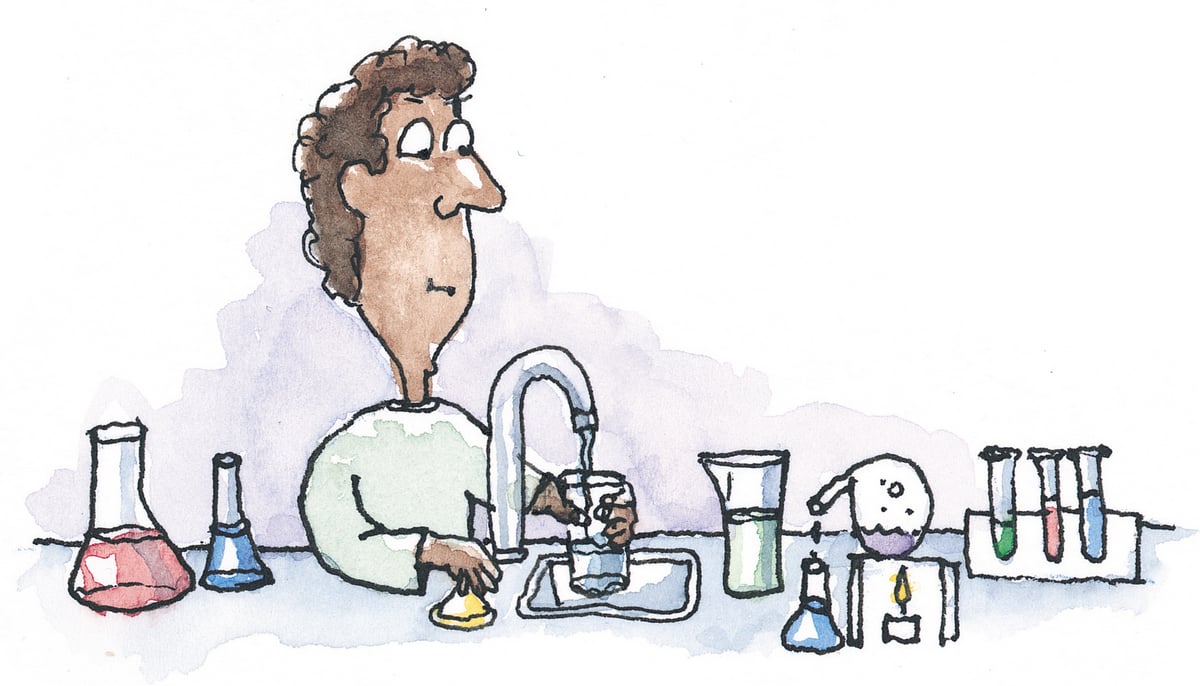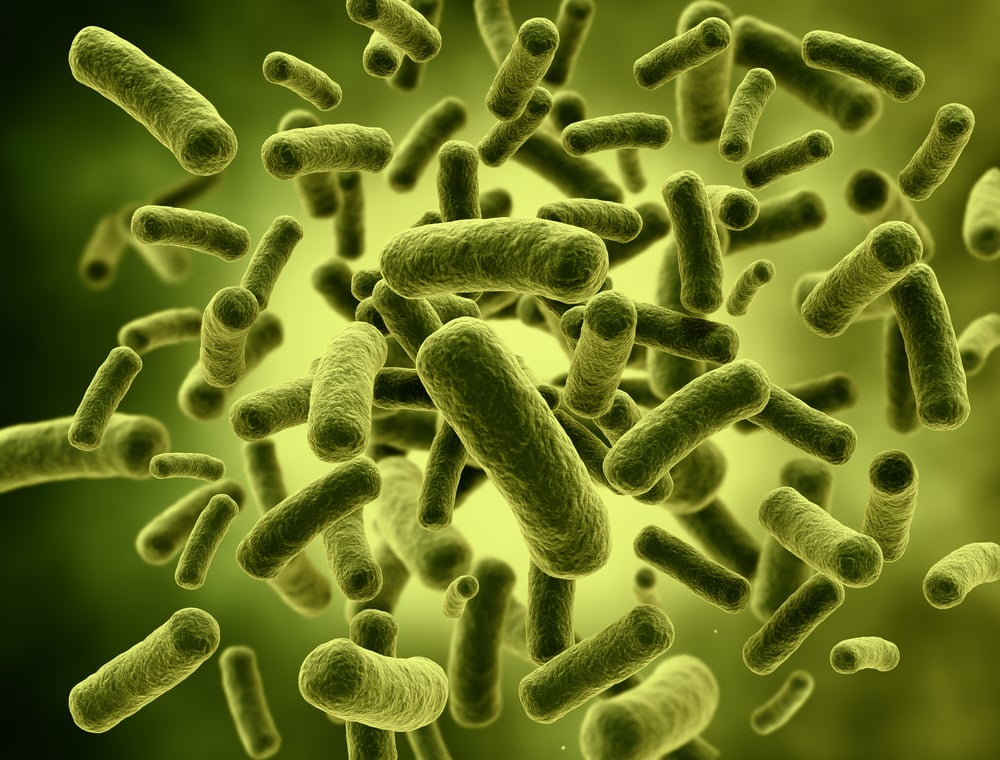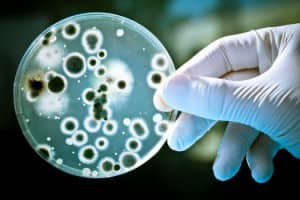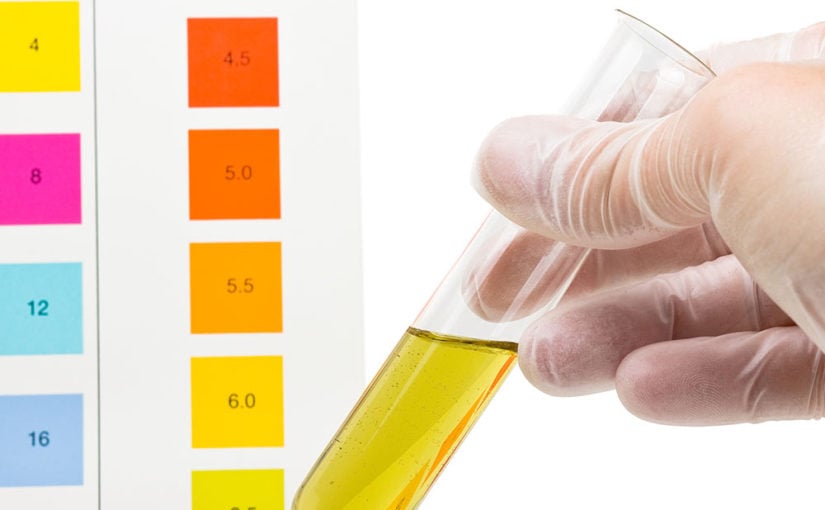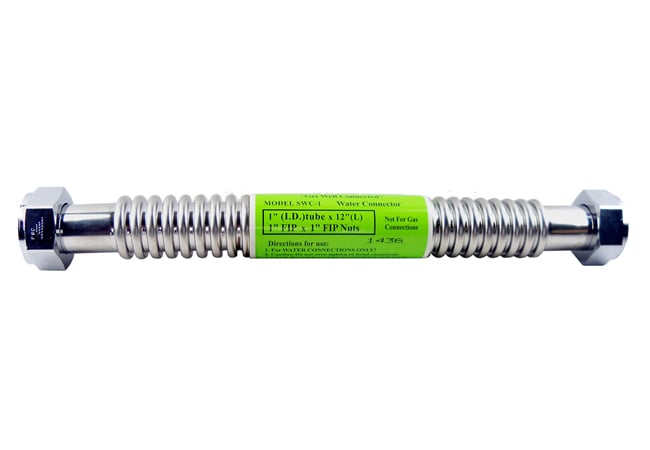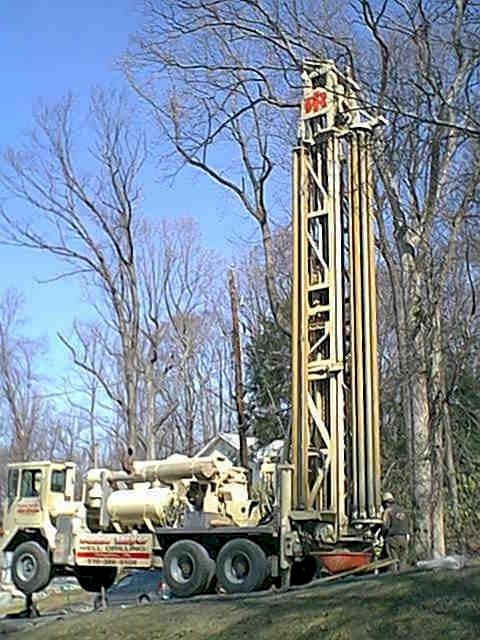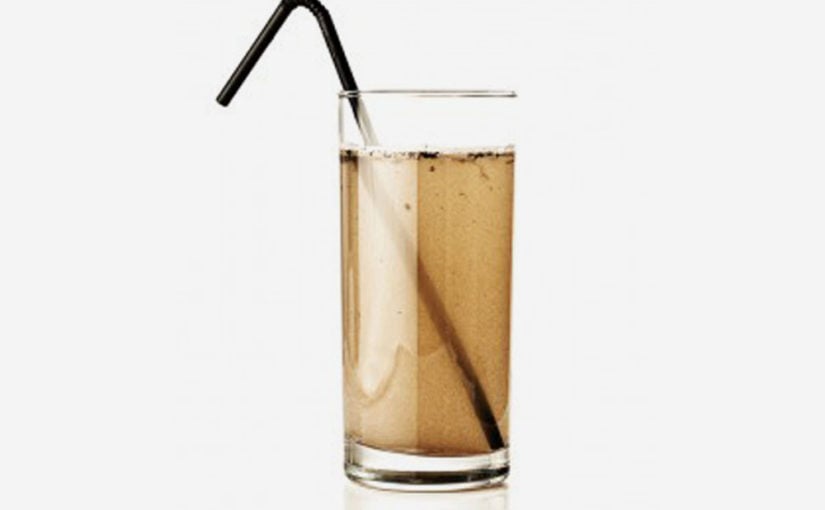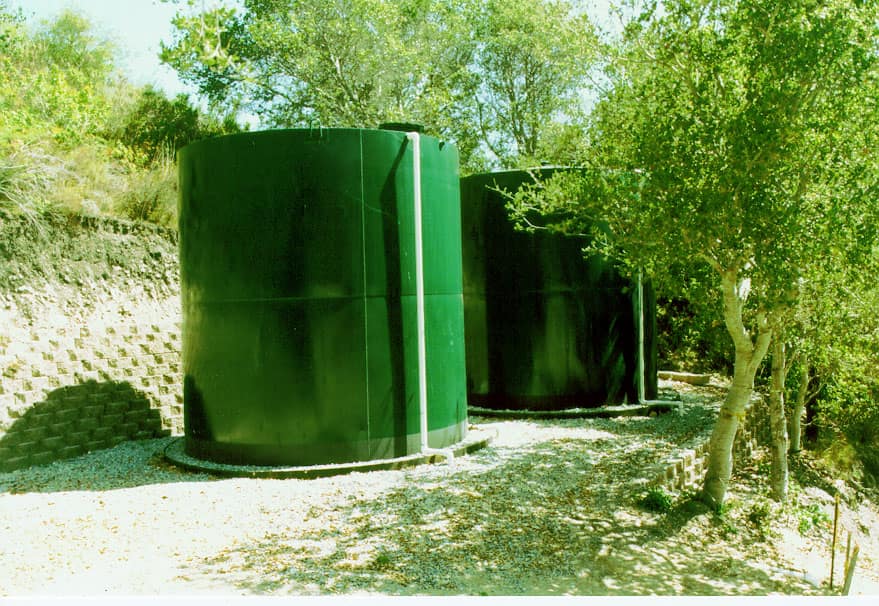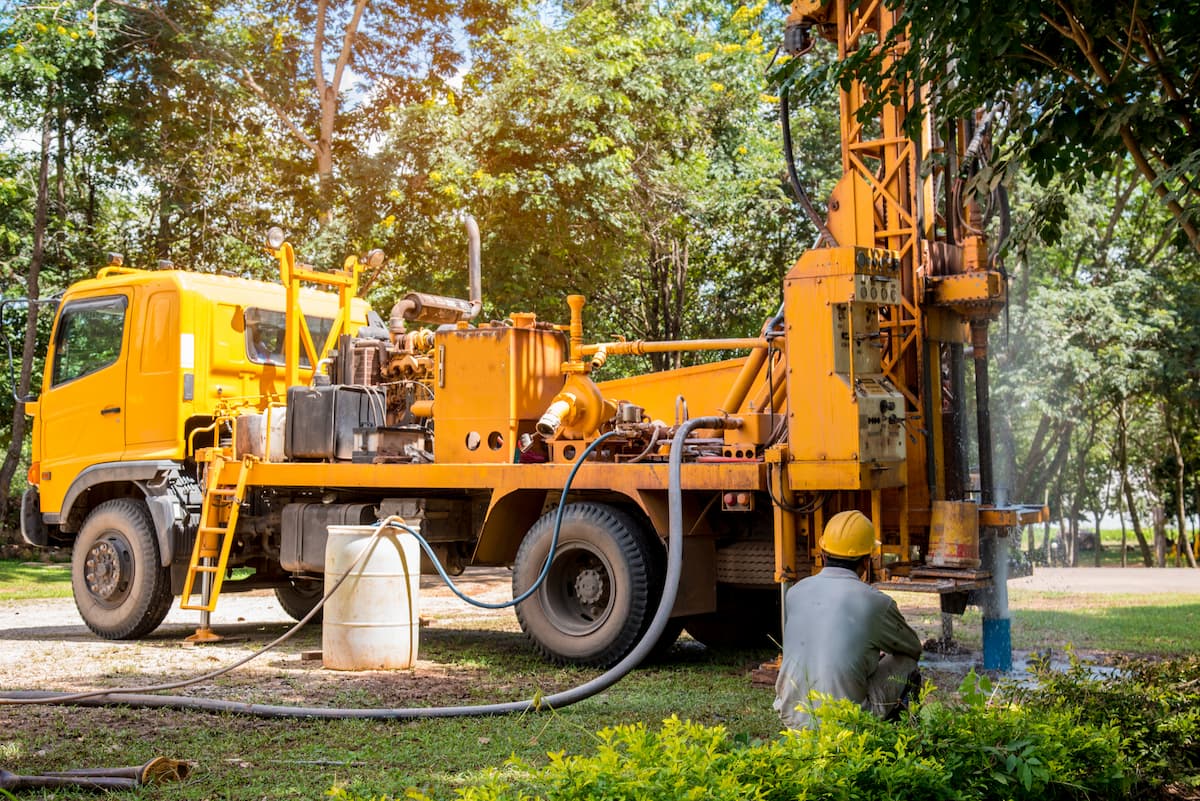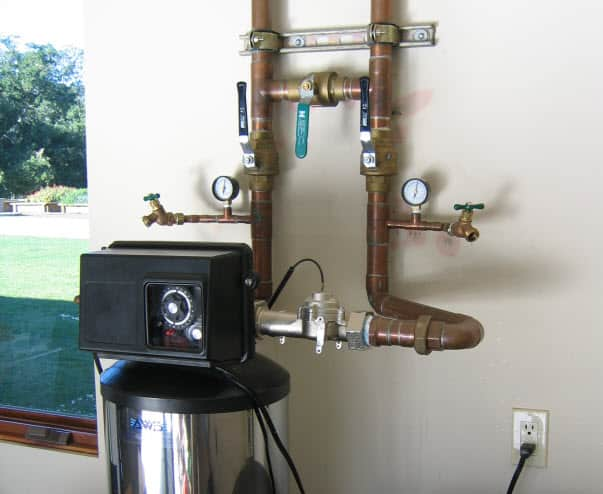Disinfecting your well water is a crucial step in ensuring you have clean drinking water for your household. However, the disinfection process should be highly monitored and designed according to the needs of your system because contaminants can build up in the disinfection process if done irresponsibly. Some parasites have become very resistant to common … Continue reading Disinfect With Caution: Contaminants can Buildup in the Disinfection Process
Category: Bacteria
Using Chlorinator Systems To Remove Bacteria
The US Environmental Protection agency strongly recommends annual coliform bacteria testing for private water wells, as contamination can occur without any change in taste or odor to the water. It is best to address your bacteria problem as soon as possible in order to keep it under control, and will even save time and money … Continue reading Using Chlorinator Systems To Remove Bacteria
A Common Mistake: Failure to Properly Test the Well Water Chemistry
Continuing with our theme of common mistakes made while selecting a well water treatment system, today we will be focusing on the failure to properly test your well water chemistry. This could be considered one of the most important mistakes as it is the first step in selecting a treatment system. If your tests are … Continue reading A Common Mistake: Failure to Properly Test the Well Water Chemistry
Coliform Bacteria Testing: Why do it, How to do it, & How Often?
Health authorities strongly recommend annual coliform bacteria testing for private water wells as contamination can occur without any change in taste or odor to the water. There are many ways that well water can become contaminated by coliform bacteria, but it is most important to test: Once a year for all private residential water wells … Continue reading Coliform Bacteria Testing: Why do it, How to do it, & How Often?
Sources of Coliform Bacteria Contamination in Home Well Water
Coliform bacteria are common in the environment, present in the soil and intestines of animals, and are generally not harmful. However, the presence of these bacteria in well water or spring water usually indicates that the water may be contaminated with germs that can cause disease and can even contaminate your well water without any … Continue reading Sources of Coliform Bacteria Contamination in Home Well Water
What You Should Know About Coliform Bacteria in Your Home Well Water
Sources of Coliform Bacteria Contamination in Home Well Water Bacteria can contaminate your well water without any change in taste or odor to the water. The U.S. Environmental Protection Agency recommends annual testing of residential water wells for coliform bacteria. Generally, there are two categories of coliform bacteria that are found in well water, total … Continue reading What You Should Know About Coliform Bacteria in Your Home Well Water
Well Water Water Testing
There are a large number of well water test kits and water testing labs available for the home water-well owner including some tests you can do yourself, quickly and accurately in the privacy of your own home. If you already understand your water is safe but are attempting to solve a specific well water problem such … Continue reading Well Water Water Testing
Using PVC for a UV Sterilizer? Think Again!
Here at Clean Water Systems we sell quite a few UV sterilizers. Recently, one customer wrote to us to ask whether she could use plastic PVC piping in and out of her UV sterilizer. The answer is that yes, you can, but you really should not. UV light will degrade PVC piping over time, causing damage … Continue reading Using PVC for a UV Sterilizer? Think Again!
No Room for a Chlorinator? Use This Alternative Method to Eliminate Iron Bacteria
Well drilling and work on well pumps can introduce bacteria into the well. Iron bacteria thrive in water containing high levels of iron and can accumulate in appliances and plumbing to create sludge, biofilm, and foul odors in water. Chlorine, ozone, or peroxide can kill bacteria and inhibit its recurrence when continually injected into water supplies, … Continue reading No Room for a Chlorinator? Use This Alternative Method to Eliminate Iron Bacteria
Hardness, Iron, Bacteria Levels Reduced to Zero
I went down to the coastline to fix an iron bacteria odor and hardness problem. Iron was .01 ppm, lots of bacteria though because the water had been stagnant in the lines and the calcium had formed “coral,” so to speak, for the bacteria to colonize in. Hardness was 38 gpg. This 2.5 Fleck 7000 … Continue reading Hardness, Iron, Bacteria Levels Reduced to Zero

